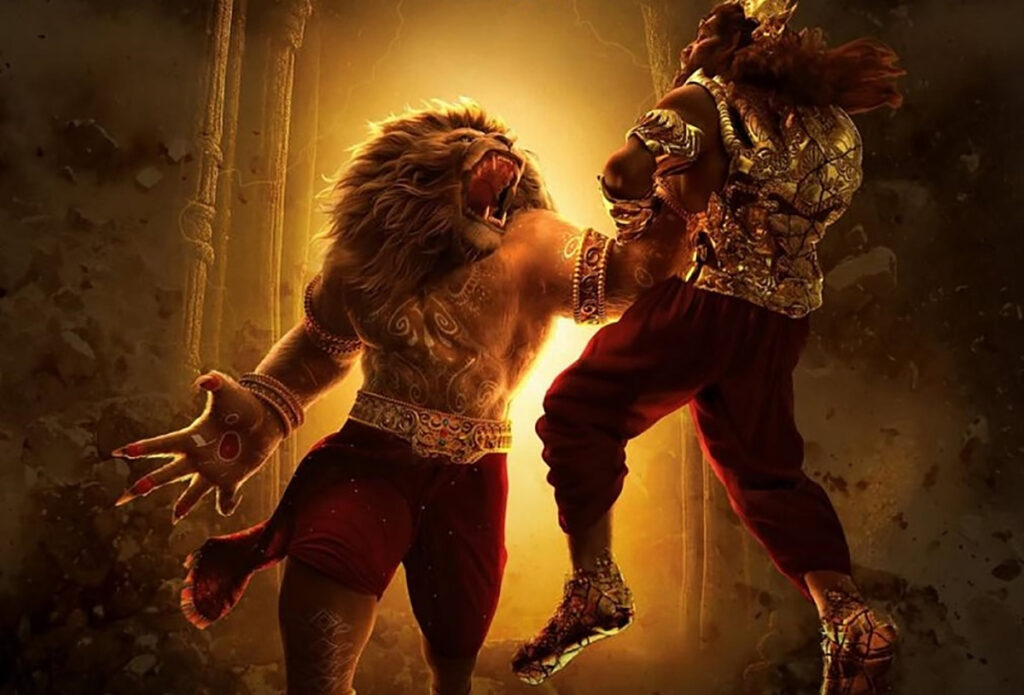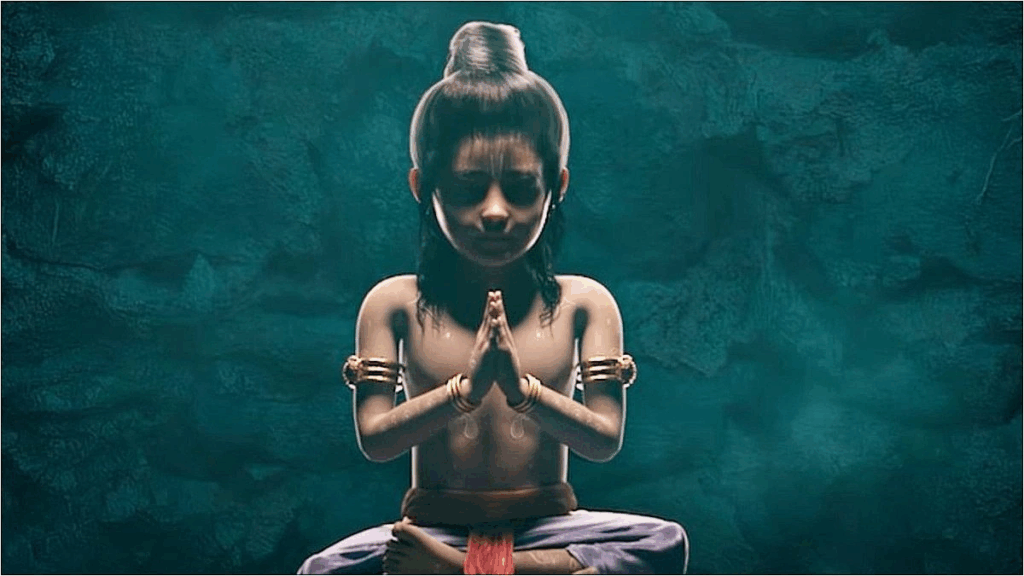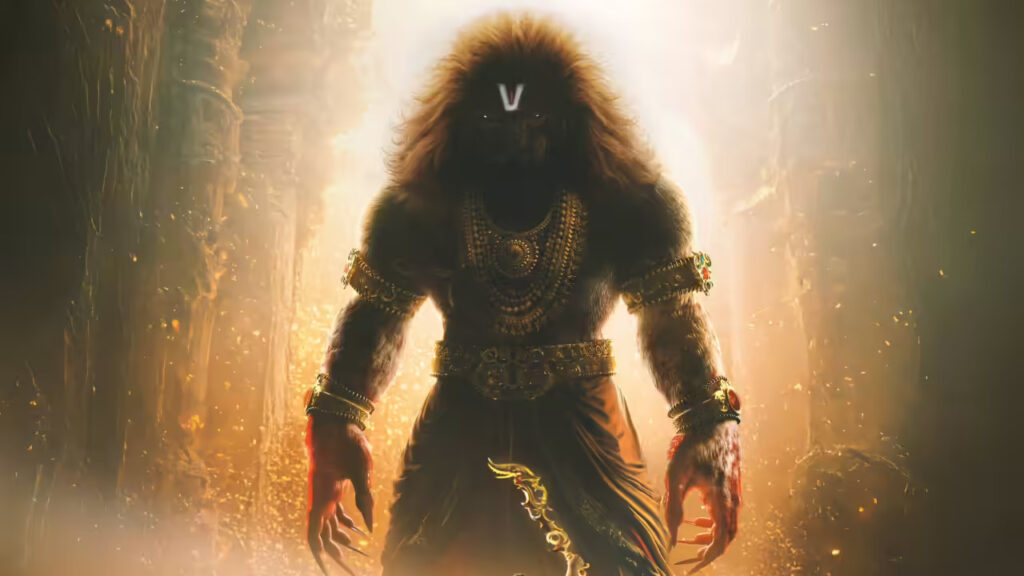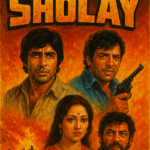It’s a year full of box office surprises, but one film is making a divine statement that nobody saw coming. In a stunning turn of events, the animated epic Mahavatar Narsimha has not only captured the hearts of audiences but is also outperforming big-ticket, star-driven films at the box office. This isn’t just a win for one film; it’s a potential game-changer for the entire Indian entertainment industry.
For years, the Indian film industry has been cautious about the animated genre, often relegating it to children’s movies with limited theatrical runs. But the cinematic offering, presented by the hit-making production house Hombale Films and produced by Kleem Productions, has shattered that perception. With its powerful storytelling, breathtaking visuals, and deep-rooted cultural connection, Mahavatar Narsimha is proving that animation can be a mainstream powerhouse.
A Mythic Story with a Modern Roar
Directed by Ashwin Kumar, with a screenplay by Jayapurna Das and Rudra Pratap Ghosh, the film tells the timeless tale of Lord Vishnu’s fearsome Narasimha avatar and the unwavering devotion of his son, Prahlada. Critics and audiences are raving about the film’s ability to blend reverence with spectacle. The fight sequences are being praised for their raw power, and the emotional core of the father-son conflict is resonating deeply with viewers of all ages.
“This isn’t just a movie,” said a parent from Mumbai, “It’s a way to introduce our kids to our rich mythology in a way they will actually connect with. The animation is stunning, and the story is so powerful. My son was glued to his seat.”
From Humble Beginnings to a Box Office Phenomenon

Mahavatar Narsimha started its journey with a modest opening. But thanks to strong word-of-mouth and a viral buzz on social media, its collections have soared, defying all industry expectations. The film, which was reportedly made on a budget of just ₹15 crore, has already crossed the ₹100 crore mark in India in just 12 days. As of its 13th day, its total collection stands at an impressive ₹112.80 crore, a figure that is still climbing.
The film’s performance is nothing short of a phenomenon. Its second weekend saw an unprecedented jump in numbers, surpassing even established franchises. The Hindi version alone has collected over ₹83.55 crore, and its second Sunday haul of ₹17.5 crore was a testament to its growing appeal among family audiences. This success story proves a fundamental truth of the film industry: a great story, told with sincerity and vision, will always find its audience.
This success is paving the way for a new kind of storytelling in India. By tapping into the vast, rich tapestry of Indian mythology, Mahavatar Narsimha has shown that there is a massive appetite for culturally authentic narratives. This is just the beginning of a grand plan from Hombale Films and Kleem Productions.
A New Cinematic Universe is Born


Known for blockbuster hits like the K.G.F. series and Kantara, Hombale Films has a reputation for crafting ambitious, large-scale cinematic projects. With Mahavatar Narsimha, they’ve embarked on their most ambitious venture yet: the Mahavatar Cinematic Universe (MCU). This isn’t just a one-off success; it’s the launch of a planned franchise spanning over a decade.
The makers have announced an ambitious slate of films, chronicling the ten divine avatars of Lord Vishnu. The series, which began with Mahavatar Narsimha, will continue with a new film every couple of years, culminating in a two-part epic titled Mahavatar Kalki in 2037. This strategic, long-term vision is a bold move that not only shows the studio’s confidence in the animated genre but also its commitment to building India’s first major mythological cinematic universe, which will also extend into comics, video games, and other digital storytelling formats.
What This Means for the Future
The success of Mahavatar Narsimha is a wake-up call for the entire industry. It highlights the following:
- The power of animation: Indian animation is no longer just for kids. It is a powerful medium capable of telling grand, epic stories that can compete with live-action films.
- The demand for rooted stories: Audiences are hungry for authentic Indian narratives that resonate with their culture and values.
- A new marketing model: The film’s success, driven largely by organic word-of-mouth rather than a massive marketing blitz, proves that a good film will find its audience.
Mahavatar Narsimha is more than a movie; it’s a movement. It’s a sign that Indian cinema is ready for a new era of storytelling, one that is rooted in its past but crafted for a global audience. The roar of the half-man, half-lion has not just conquered the box office; it has declared the arrival of a new, exciting future for Indian entertainment.



